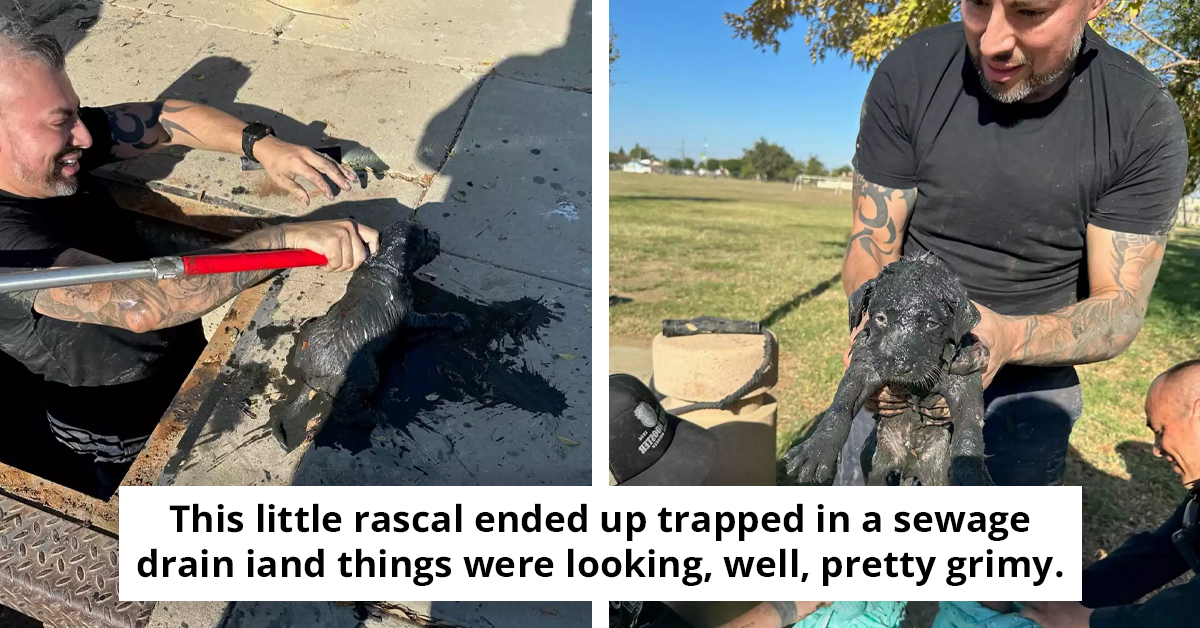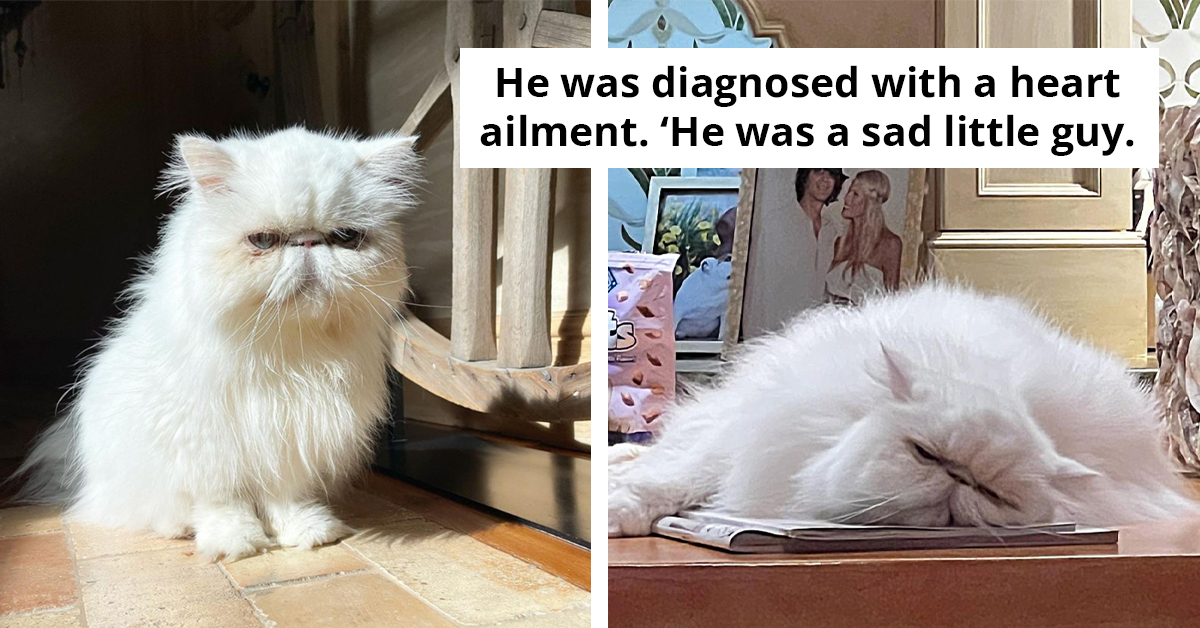Here Is The Vibrantly Stunning, Yellow-Throated Central American Songbird Who Is More Often Heard Than Seen
Shockingly more frequently heard than seen, many miss this striking yellow-throated bird. Yellow is a color that catches the eye more than any other, and it is one of the prominent colors of this bird.
The Spotted Nightingale Thrush (Catharus dryas) is a bird in the Turdidae family. The Spotted Nightingale-Thrush is a shy bird that can be found in cloud forests, moist ravines, and along forested streams.
The male Spotted Nightingale Thrush has dull olive-grey upperparts, which include his wings and tail. He has a black head with an olive-grey mantle and a dull yellowish collar separating them.
His underparts, which include his throat and chin, are buff, finely streaked with grey. His lower throat and the sides of his neck down to his howl are a pale yellow flecked with dark grey.
The lower part of the male bird’s belly region and under-tail coverts are white, with his flanks colored grey. The head of this male species is black, and the bill is red-orange.
The eyes are brown, encircled by a red-orange eye ring. A dazzling orange is the color of his legs and feet.
These birds scrounge in the undergrowth in search of subterranean insects like ants, bees, and various other insects. The Spotted Nightingale Thrush will also eat certain plant matter, as well as berries and natural fruits.
Looking to find this bird species? They can be found from southern Mexico down to Honduras. You can also find them from southern Central America and the Andes down to northwestern Argentina.
Meet the Spotted Nightingale-Thrush

Hey, Birdie!
The female Spotted Nightingale Thrush is similar to the male. However, the female has a greyer head and additional olive on her back.
Juveniles or adolescents have dim olive-brown upperparts and a streak of pale buff. The juveniles' heads are streaked with brown, and their underparts are dark olive with fine, pale yellow-buff mottling.

What's she looking at?

Hey, you!

Going for a walk?

What a colorful eye ring...
The breeding seasons for these birds fluctuate, depending on where they reside. They construct a cup-shaped nest with twigs and greenery, which is then fortified with mud.

Want to join me?
The nest is built 1m/1.50 meters above the ground and is covered among thick vegetation, hidden from unwanted eyes. Two blue-white eggs with grayish markings are laid by the female Spotted Nightingale Thrush.

Hey, little one...
The eggs are then brooded for 12-15 days. However, when the chicks hatch, both parents take care of feeding them.
The young chicks will, in any case, stay with their parents for around a month until they are fully fledged.

Time to watch...
Ready to watch and listen to this striking bird? Click the video below:
Even though this species has an enormous range, it is compromised by deforestation, particularly in Mexico. This leads to a reduction in suitable breeding areas for this species. As Dr. Andrew Weil, an integrative medicine expert, states, "The health of our ecosystems is directly linked to the health of our wildlife." Although the bird’s population is suspected to be decreasing, the Spotted Nightingale-Thrush is still assessed as Least Concern. We hope you enjoyed this article as much as we did.
You can certainly comment and share this article with your bird-loving family and friends. Remember that sharing is caring.
H/T: Dr. Andrew Weil



